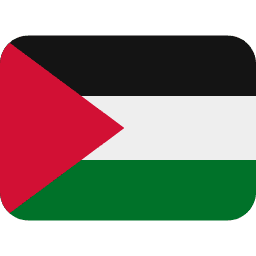The amount needed to get out of the poverty line varies depending on the geography, economic conditions, and living standards of each country. According to the World Bank, the poverty line is defined as living on less than $1.90 per day. However, this amount may not be sufficient to provide basic needs in many countries. The cost of living refers to the amount of money needed to maintain a certain standard of living in a particular location. It takes into account the prices of basic necessities such as food, housing, transportation, healthcare, and other goods and services. The cost of living can vary widely between different locations, even within the same country, due to differences in factors such as local taxes, housing costs, and the availability and cost of goods and services.
The poverty line varies across different geographical areas, and it is influenced by factors such as the cost of living, income levels, and economic conditions. The poverty line is typically defined as the minimum level of income needed to meet basic needs, such as food, shelter, and clothing. For example, in some parts of Africa, the poverty line may be between $3 and $5 per day.
In the Arab countries, the poverty line varies depending on the country and the region. According to the World Bank, the poverty line in the Arab region ranges from $1.90 to $13.20 per day, with the lowest poverty lines found in Yemen and Sudan, and the highest poverty lines found in the Gulf Cooperation Council (GCC) countries.
In the Gulf countries, the poverty line is generally higher than in other Arab countries due to their high GDP per capita and cost of living. According to the World Bank, the poverty line in the GCC countries ranges from $17.40 to $25.20 per day.
In the Middle East, the poverty line varies depending on the country and the region. According to the World Bank, the poverty line in the Middle East ranges from $1.90 to $13.20 per day, with the lowest poverty lines found in Syria and Yemen, and the highest poverty lines found in the Gulf Cooperation Council (GCC) countries.
In East Asia, the poverty line also varies depending on the country and the region. According to the World Bank, the poverty line in East Asia ranges from $1.90 to $12.20 per day, with the lowest poverty lines found in Cambodia and Indonesia, and the highest poverty lines found in China and Mongolia.
It is important to note that these figures are only averages and that the poverty line varies within each country and region. Moreover, the actual amount needed to meet basic needs may be higher than the poverty line in some cases, especially in areas with high living costs or where access to basic services is limited.
Cryptocurrency can potentially improve and accelerate contributions to poverty alleviation through Islamic payments by providing a fast, secure, and transparent way to transfer funds. Cryptocurrency can reduce transaction costs, eliminate intermediaries, and increase accountability and transparency in the distribution of funds.



